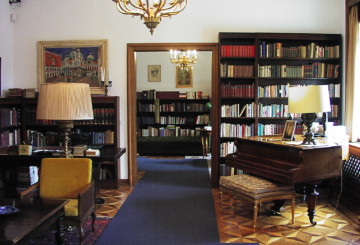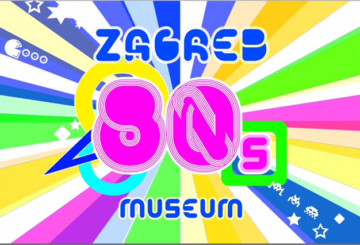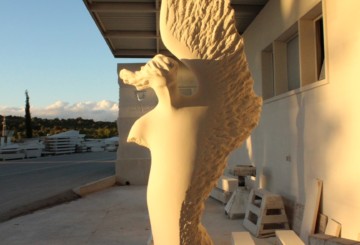There are few artistic forms more influential than the fairytale. Passed down from generation to generation, these magical stories have been imbuing children with a solid set of ethics and values for centuries, encouraging honesty, bravery, and not trusting wolves wearing red coats. Whether ‘The Boy Who Cried Wolf’ taught you the importance of telling the truth or ‘Three Little Pigs’ inspired you to build strong foundations in order to stop a wolf blowing your life down, these moral tales have been building societies for thousands and thousands of years.

In many ways, Croatia is a fairytale country in itself. The state is full of locations that look like they came straight out of a magical world. The verdant majesty of Plitvice Lakes National Park could host a whole society of fairies, trolls and other mythical beasts, while the elegant wonder of Trakošćan Castle absolutely must be home to a princess waiting to be rescued by a prince (or vice-versa, of course). Zlatni Rat is the beach of your dreams, and the nation’s old towns are tailor made for storytelling and romance. It is no wonder that Dubrovnik was chosen as a setting for Game of Thrones, itself a work of fiction that takes plenty of influence from the world of fairytales.
Mythology and legend in Croatian literature goes back a very long way, but most of Croatia’s modern fairytales come from the mind and pen of one of the nation’s most beloved writers. It could be said that Ivana Brlić-Mažuranić was destined for greatness from the get-go, as she was born into one of the most prestigious families in the nation. Her grandfather was Ivan Mažuranić, the first Croatian ban to come from outside the nobility, and much of her family was involved in the Croatian National Revival in the mid 19th century. The pressure on Ivana to succeed was huge, and the girl from Ogulin was more than ready for the task at hand.
Ivana began writing at a young age, making the most of a fine education that took her to Zagreb via Karlovac, but her first real literary break came in 1913 when she published ‘The Brave Adventures of Hlapić’, the story of an apprentice who accidentally stumbles upon the lost daughter of his master, leading to a change in the poor boy’s luck. This book brought Ivana to the attention of the nation, but the best was yet to come.
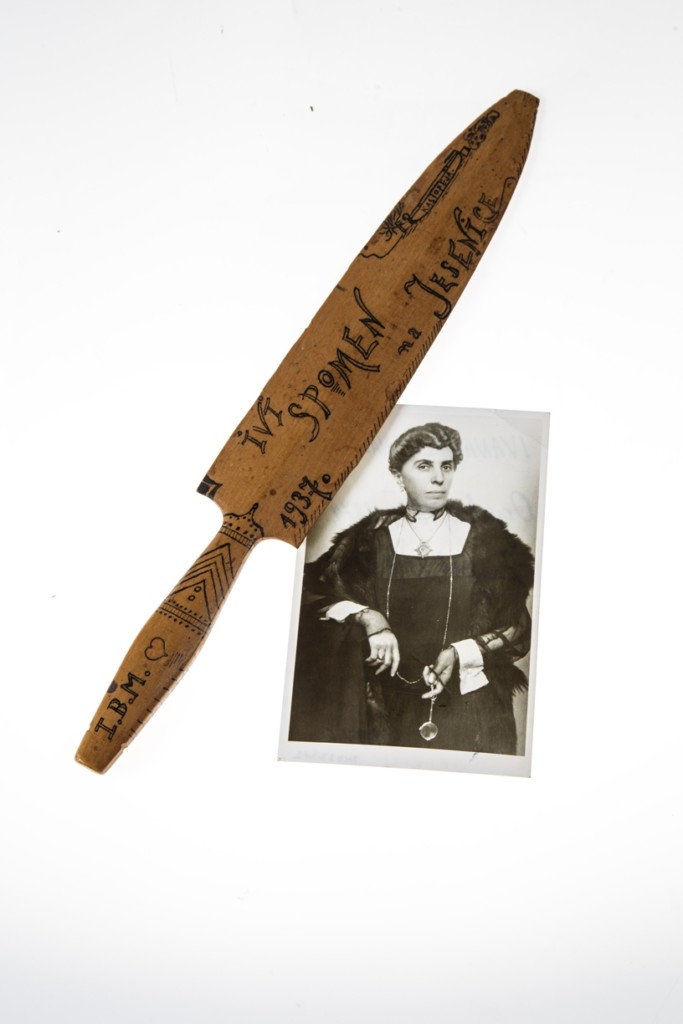
It was 1916’s ‘Croatian Tales of Long Ago’ that really made Ivana Brlić-Mažuranić a star. Initially a collection of six short stories (with two more added to the 1926 edition), the book saw Brlić-Mažuranić take old Slavic mythology and twist it into new shapes, creating a whole new set of fairytales for modern Croatia. Her work garnered comparisons with Hans Christian Andersen and JRR Tolkien, and the stories were quickly translated into a variety of languages all across the globe. It is these stories that make up most of modern Croatia’s moral fiction.
The opening story of the book is How Quest Sought the Truth, the tale of three brothers who go exploring the forest in search of honey. Emboldened by their quest, the trio called on the Sun God to show them all the good things in the world, and the deity was more than happy to oblige, only for the King of the Forest Goblins to intervene on their way home and cause them an awful fright.
Still in shock from the encounter with the goblin, the boys had largely forgotten the wonders they had seen. Their grandfather asked what they had seen, and the elder two brothers were influenced by the goblins to tell tale tales to the family patriarch. The goblins made themselves at home with the two older boys, but the youngest was unwilling to lie to his grandfather. This young boy (called Quest, hence the title) said that he could not remember what he saw, and he stuck to the truth as the goblins continued to corrupt his brothers.
Quest eventually left in search of the truth, but his attempts were thwarted at every turn by the pesky goblins. His brothers continue to grow greedy in his stead, and eventually conspire to kill the grandfather by setting his cabin alight. Quest is eventually visited by the Sun God, who merely tells him that the truth was to be found back at home with his grandfather, sending poor Quest into an almighty funk that leads to him falling into a spring and drowning.
All of this leads to the other brothers being freed from the clutches of their goblins, just in time to save the grandfather that they tried to kill. The brothers are forgiven, but the old man gives his own life to lead his youngest grandson into the great castle. The brothers (Careful and Bluster, if you’re after names) grow up to become great men, and the King of the Forest Goblins is finally defeated.
Fisherman Plunk tells the tale of a fisherman who is never satisfied, a man who is given all he ever wanted but does not appreciate it, and loses it. It is up to his put-upon wife to save the day, and the family eventually find a way to be happy with the normality of their lives, embracing simple domestic happiness. Then there is Reygoch, the story of a fairy and a giant who manage to settle the squabbling of two neighbouring villages, allowing them to live together in peace.
Bridekins is arguably the most complex tale of the collection. The story revolves around the eponymous character, the daughter of a miller who grinds wheat for free for a old woman. The woman has the ability to turn into animals whenever she desires, and she promises to help Bridekins whenever she can. They come across a princess who has lost her keys, the reward for which is the princess’s hand in marriage. A warden finds the keys but he loves Bridekins, and the old woman helps the lovebirds escape the clutches of the princess and the army.
These are just four of the stories contained within Brlić-Mažuranić’s wonderful collection, a buffet of magical fiction full of morals, values, lessons and more. Ivana encourages the reader to appreciate the simple things in life, to stay true to the common world and to resist the temptations of evil in whatever form they might manifest, ideas that frequently come up in fairytales all across the world. The stories of Croatian Tales from Long Ago have plenty in common with each other, not least the consistent theme of ordinary people becoming heroic through noble acts that could easily be construed as being simple good behaviour.
Fairytales have an important role to play in the development of all human beings. It is these fantastic pieces of fiction that help encourage a sense of right and wrong, a preference for good over evil, a desire to be the best that we can be and not to take shortcuts in order to get there. Ivana Brlić-Mažuranić was the most important individual when it came to encouraging these ideas in the young people of Croatia, and her name will forever be etched into the national consciousness because of it.
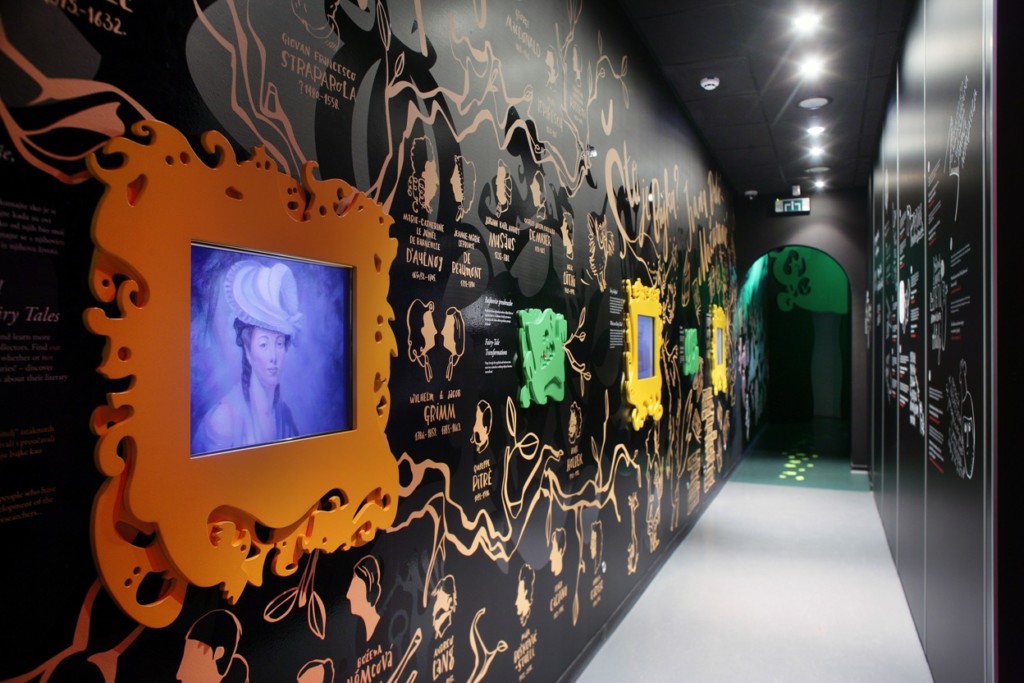
It is thus apt that her hometown of Ogulin is now home to an interactive centre that allows the visitor to engage with her incredible tales. Ivana’s House of Fairytales (Ivanina Kuća Bajke) is located near to the 18th century Hotel Frankopan, and it is an absolute must for anyone visiting Croatia in search of creative inspiration, not to mention those looking for the true spirit of the nation. The museum houses a permanent exhibition along with a library, and plenty of workshops are held there throughout the year.
The spirit of Ivana Brlić-Mažuranić and her fairytales is well and truly alive in the hearts and minds of Croatians old and young, from those growing up in Yugoslavia all the way to those finding their way in the 21st century. You’re never too old to learn a new lesson, after all.
